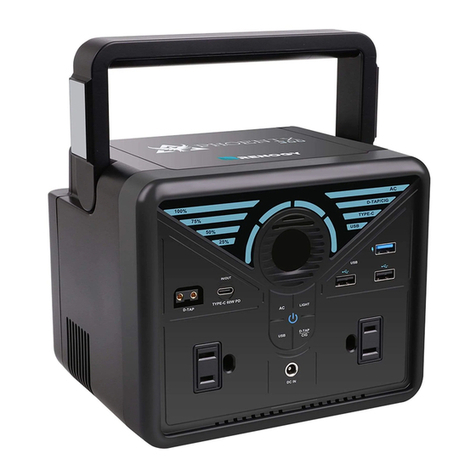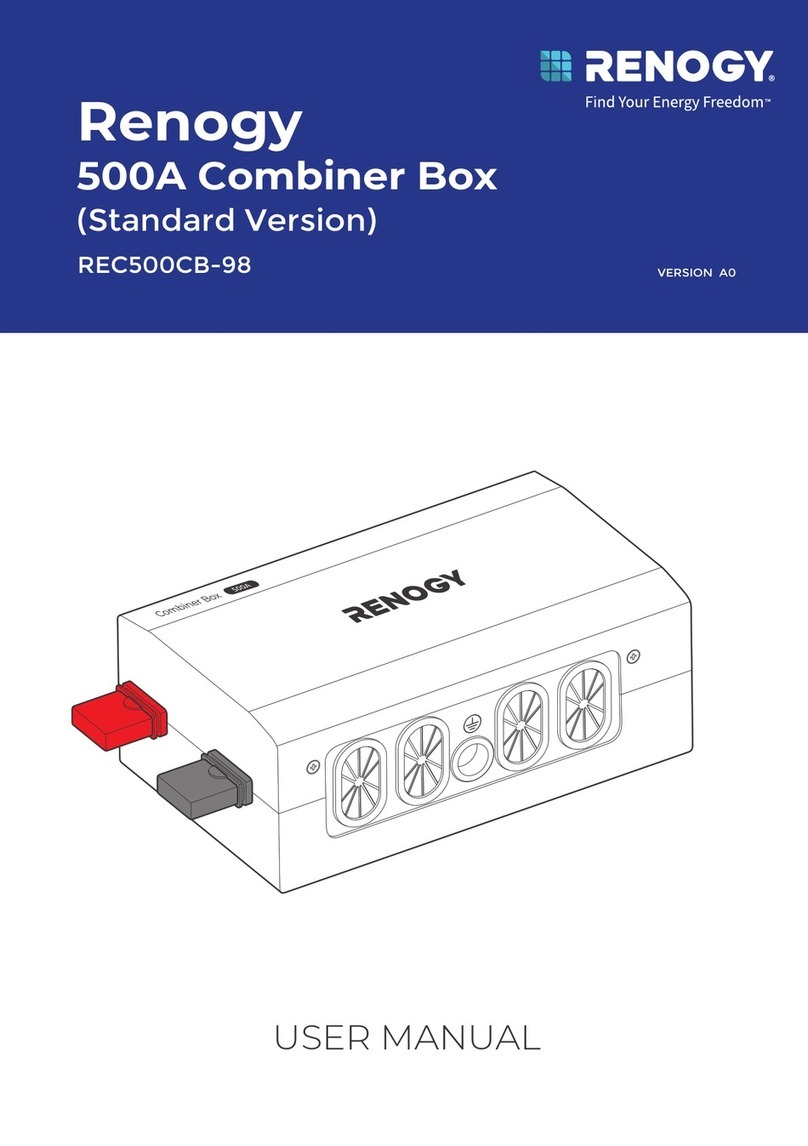
What’s In the Box?.............................................................................................................................................................1
Dimensions ........................................................................................................................................................................1
Get to Know Renogy Smart Shunt 300.......................................................................................................................... 2
Renogy Smart Shunt 300 System Setup ...................................................................................................................... 3
Required Tools & Accessories ........................................................................................................................................ 4
How to Size Bare Wires? .................................................................................................................................................. 5
Check System Voltage and Current .............................................................................................................................. 5
Step 1. Plan a Mounting Site ........................................................................................................................................... 6
Step 2. Wear Insulating Gloves....................................................................................................................................... 6
Step 3. Remove the Covers............................................................................................................................................. 7
Step 4. Connect the Shunt to the Main Battery Negative .......................................................................................... 8
Step 5. Connect the Shunt to the Device BAT- ............................................................................................................ 9
Step 6. Connect the Shunt to the Main Battery Positive.......................................................................................... 10
Step 7. Connect the Shunt to the Starter Battery Positive (Optional) ....................................................................11
Step 8. Install a Battery Temperature Sensor............................................................................................................ 12
Step 9. Mount the Shunt (Optional) ............................................................................................................................. 12
Step 10. Install the Covers............................................................................................................................................ 13
Step 11. Power On........................................................................................................................................................... 14
LED Indicators................................................................................................................................................................ 14
Bluetooth Pairing........................................................................................................................................................... 15
Energy Monitoring ......................................................................................................................................................... 16
Troubleshooting............................................................................................................................................................. 19
Important Safety Instructions ....................................................................................................................................20
Table of Contents































